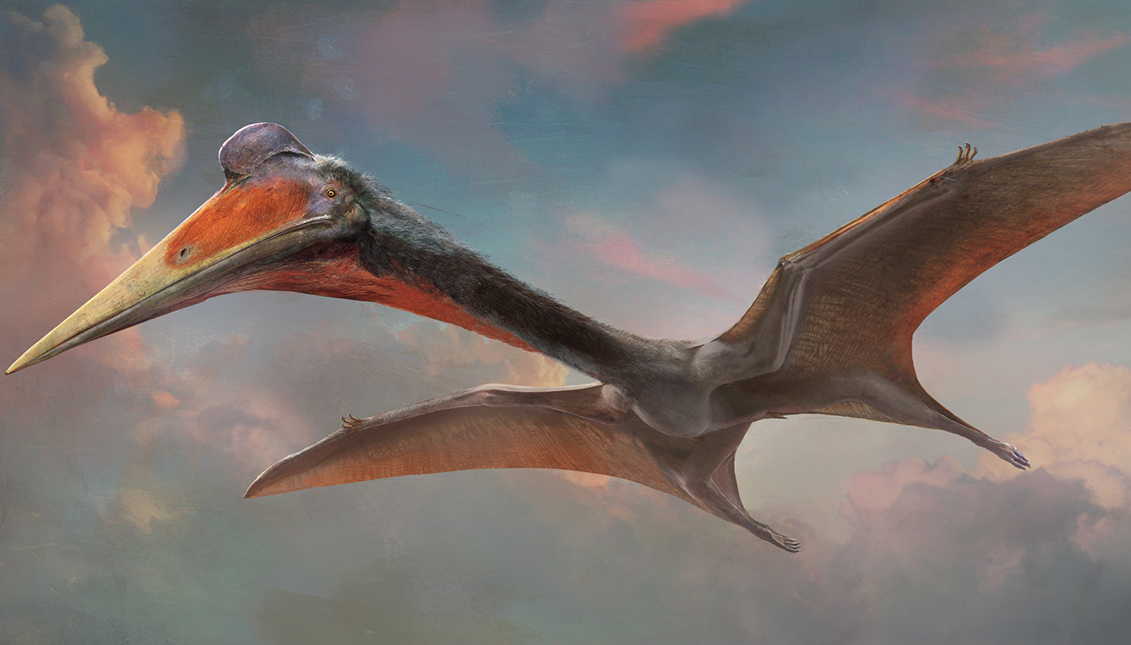
The five-meter flying reptile that used to hover over Colombia
It was 135 million years ago - just a short time ago - and the discovery of these pterosaur fossils has been a landmark in the country.
Light, almost like a feather - they weighed 250 kg - especially if we consider their large wingspan, pterosaurs were the first flying vertebrate reptiles and they hovered over the Colombian skies when the country was submerged in the sea and Zapatoca, a municipality of Santander, was the closest thing to the Caribbean. A transition space between the sea and the beach where turtles, crocodiles and large predators took shelter and fed.
That was 135 million years ago, but just now paleontologists have found their fossils for the first time in Colombian lands.
The discovery was made by paleontologist Edwin Cadena, a researcher at the University of Rosario in Bogotá, who explained to EFE that these creatures were about five meters long when they spread their wings.
"The pterosaurs were the first vertebrates to fly. They managed to do so several million years before today's birds or bats," said Cadena, who found part of a jaw and limbs during field work carried out in 2017 in a rural area of Zapatoca, a town that appears to be, as the paleontologist notes, "a sea of fossils."
"It is a very interesting site for Colombian paleontology because there are not only turtles there, but also sharks, marine crocodiles, now the pterosaurs, and there are very well preserved crabs and sea urchins," he said.
RELATED CONTENT
The pterosaur's great lightness was due to the fact that its bones were hollow, since "it was an adaptation of these flying reptiles to relieve their weight and be able to take flight," and they also had numerous small teeth with which they chewed on crabs and fish, among other creatures.
"Unfortunately, the material we found is fragmentary, it is not a complete specimen, which means we cannot define a new species, but we found part of a jawbone and it allows us to establish that they belong to the Queiroidean Ornitho", of which there are already records in Brazil, added the scientist.
It is not the only fossil that Cadena and his team have found on Colombian soil. In the La Tatacoa desert, in the department of Huila, paleontologists found the largest turtle in history, the Stupendemys Geographicus, whose shell measured nearly three meters and weighed 1,100 kilos.
This proves that there are still abysses to be explored in prehistory, when gigantic beings that seem to have been taken from fantasy crossed that other world covered by water and volcanoes.











LEAVE A COMMENT:
Join the discussion! Leave a comment.